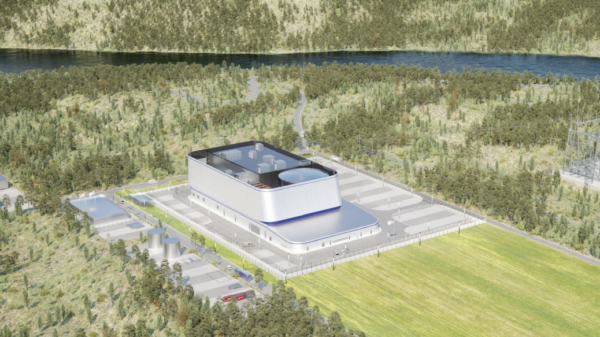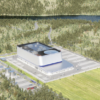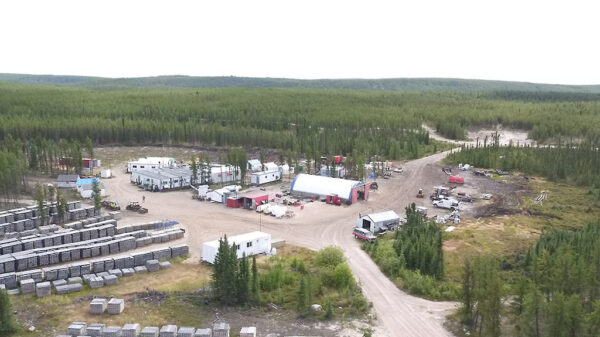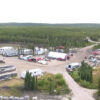ATHA Energy Corp. (CVE: SASK) (OTCMRKTS: SASKF) staked additional claims in the Angilak Project in Nunavut and expanded its holdings to 158,447 hectares in size.
Announced on Thursday, the company’s expansion directly follows its highly successful maiden drill program, completed in late August 2024. The company now controls the entire prospective Lac 50 structural corridor, along with an additional parallel corridor, both linked to the Snowbird Tectonic Zone.
The Angilak Project is already known for hosting the Lac 50 Uranium Deposit, which stands out as one of the largest high-grade deposits outside of the famed Athabasca Basin. The deposit sports a historical resource estimate of 43.3 million pounds of U3O8 and an average grade 0.69 per cent.
However, the recent expansion isn’t just about increasing land; it’s about securing the entire Lac 50 structural corridor and an additional parallel corridor, both linked to the Snowbird Tectonic Zone. This zone stretches from the Athabasca Basin to the Angikuni Basin, potentially offering a geological continuity that could harbour more uranium deposits.
In addition to confirming the existing mineralization, this program has also led to the discovery of new mineralized trends, namely Lac 48, Lac 52, and Lac 54. These discoveries significantly expand the exploration potential of the area, suggesting that ATHA’s investment in Nunavut could yield substantial returns in the future.
“Based on the success of the 2024 exploration program at the Angilak Project and nature of this highly prospective and historically underexplored region, expanding our land position adds significant potential for further discovery and expansion of the Lac 50 Deposit,” said Cliff Revering, VP of exploration.
Read more: Paladin Energy acquisition of Fission Uranium blocked by Chinese shareholder
Read more: Fission Uranium completes engineering at Patterson Lake South
ATHA’s discoveries come in time for the nuclear renaissance
In 2024, the Angilak exploration program focused on diamond drilling, airborne geophysical surveys, and surficial sampling and mapping. The exploration team prioritized areas near known uranium mineralization zones for expansion and new discoveries.
The expansion of ATHA’s holdings in Nunavut comes at a time when the uranium market is witnessing renewed interest due to global energy transitions towards nuclear power, which is seen as a reliable, low-carbon energy source.
Global policies are increasingly recognizing nuclear power as a sustainable energy source, unlocking investment incentives similar to renewables. The UK, through initiatives like “Great British Nuclear,” aims to expand nuclear capacity to 24 GW by 2050.
Technological advancements, particularly in small modular reactors (SMRs), are gaining traction due to their smaller size, lower costs, and enhanced safety features. Countries like the U.S. are heavily investing in SMR technology, positioning it as a tool for energy security and global export. Legislative and public support for nuclear energy is also growing, with the U.S. passing the ADVANCE Act to streamline regulations and promote innovation.
Additionally, a generational shift among younger people more concerned about climate change is fostering a favourable view of nuclear power. While challenges like high capital costs and nuclear waste remain, technological advances and global expansion efforts, particularly by China, are driving optimism for the future of nuclear energy.
ATHA’s strategic positioning in Nunavut could play a pivotal role in future uranium supply, especially if global demand continues to rise due to new nuclear reactor projects worldwide.
.
joseph@mugglehead.com














